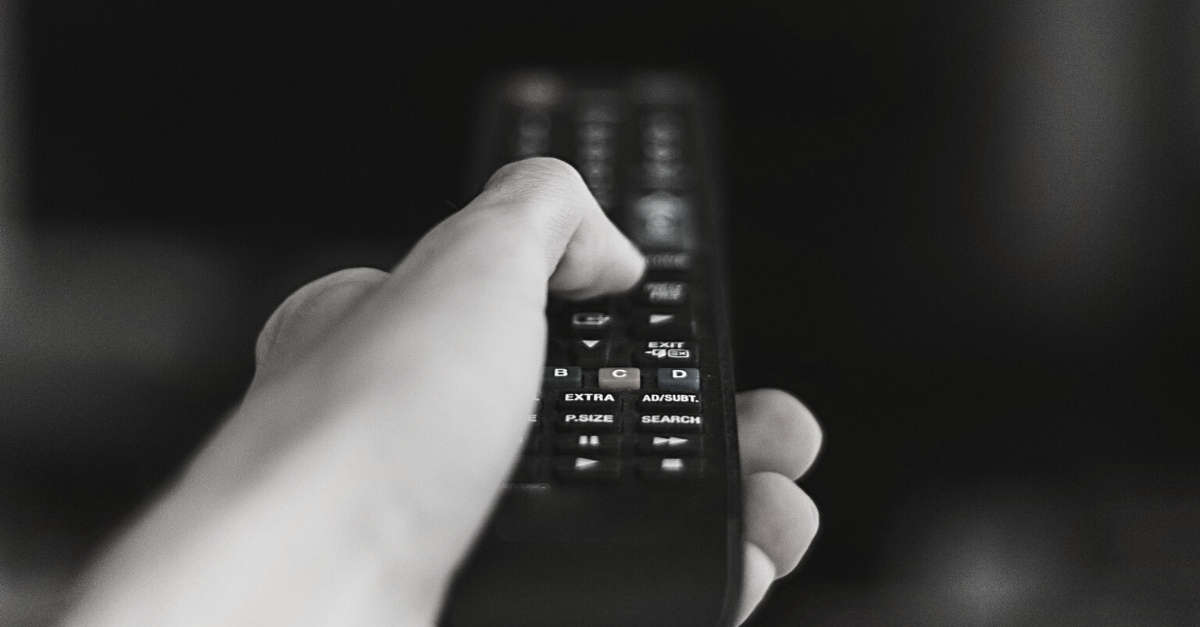As the barriers between ‘home’ and ‘work’ breakdown and feelings of isolation and uncertainty increase, organisations are being called to step up in supporting the mental health of remote workers.
With most of us spending a third of our lives at work, it makes sense that the ongoing changes to our working environment are going to have an impact on our mental health.
Today we’re taking a look at how organisations across the world are supporting the mental health and wellbeing of their people as they continue to work in distributed teams.
Scroll on down to see what’s working for other organisations – who knows, you might just find the inspiration you’ve been looking for.
A holistic approach to mental health and wellbeing.
There’s a strong link between physical health and wellbeing and mental health, and it’s a connection that isn’t lost on the team at PwC. In order to support their teams working remotely with relevant, practical support, they’ve partnered with Laya Healthcare to offer weekly seminars on topics ranging from coping with the (largely negative) media cycle and nutrition advice. They also offer a variety of virtual fitness classes like mindfulness meditation, yoga and HIIT training.
A team ritual + mental health conversation starter.
With several years of experience under their belt in leading a global, distributed team, Buffer have quite a few strategies for supporting the mental health and wellbeing of their people.
One of the core cultural strategies that Buffer uses in supporting mental health while working remotely is a meeting conversation starter that they refer to as an “energy check” or sometimes as “traffic lights”. During the beginning of a team gathering they will go around the virtual meeting room and each individual will share whether they’re feeling red, yellow or green. Read means you’re overwhelmed, upset, or generally having a tough time. Yellow means things aren’t ideal but you’re hanging in there. Green means you’re feeling good about things.
Sometimes team members will just share the color and that’s it, but more often the color is accompanied by a sentence or two about why the person chose it, like “I’m feeling yellow today because I’m a little anxious about hitting a deadline I have coming up, and I have a dentist appointment this afternoon I’m nervous about.” This is a fantastic team ritual that helps to reduce the stigma around mental health in the workplace and it’s one that would be easy to replicate within your own organisation.
An ambassador program with a difference.
Prior to COVID-19, the team at Bristol Myers Squibb (BMS) had already launched their first Mental Health Ambassador Programme internally. Since the move to working from home the program has continued, giving employees clarity around who to reach out to if they ever feel overwhelmed or in need of support, alongside their occupational health team.
Like PwC, they’ve also been running regular webinars on topics like mental wellbeing as well as offering three weekly online workout classes.
A commitment to professional support.
Although they’ve encouraged flexible work practices for quite some time now, eBay Australia and New Zealand have placed an even stronger focus on the mental health of remote working staff throughout 2020.
One of the ways that they’re supporting their people is through its Employee Assistance Programs. As Tim MacKinnon, the managing director of eBay Australia and New Zealand, shared with AFR, they’re also running virtual daily mindfulness sessions to ‘connect and ease anxiety’.
While there are a variety of ways to support the mental health of team members working remotely, the most important thing to communicate is that there is support out there for those that are struggling.
Keep the conversation about mental health and wellbeing going – don’t stop at one program or one mention of the subject. Check in with team members regularly, and if you’re feeling up for it, have a read of our tips on supporting your people through the grief and trauma associated with the challenges of 2020.


